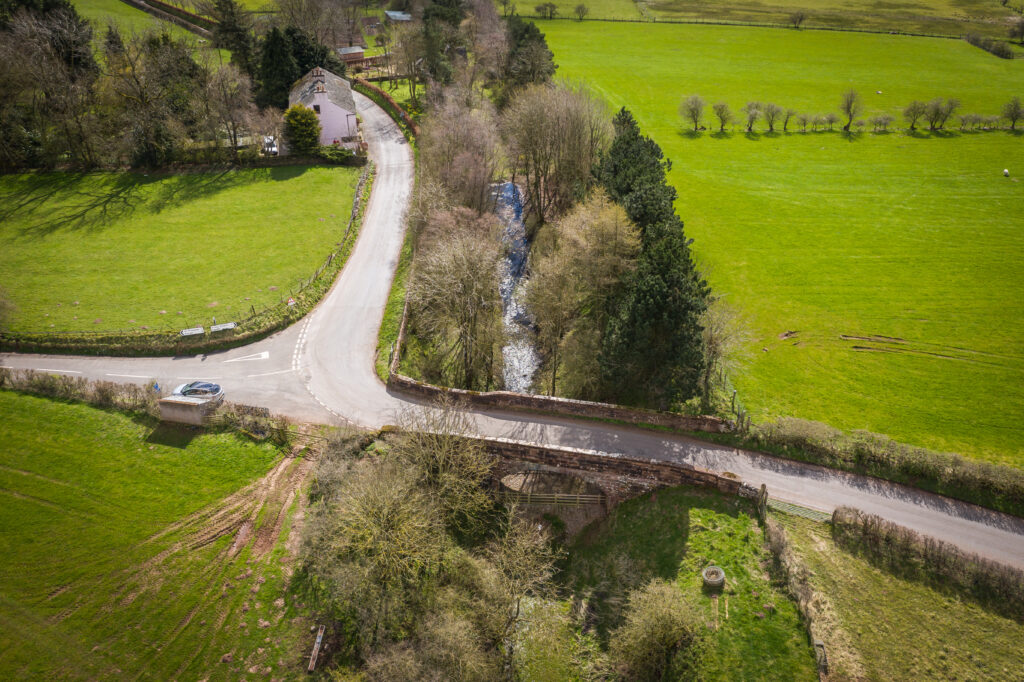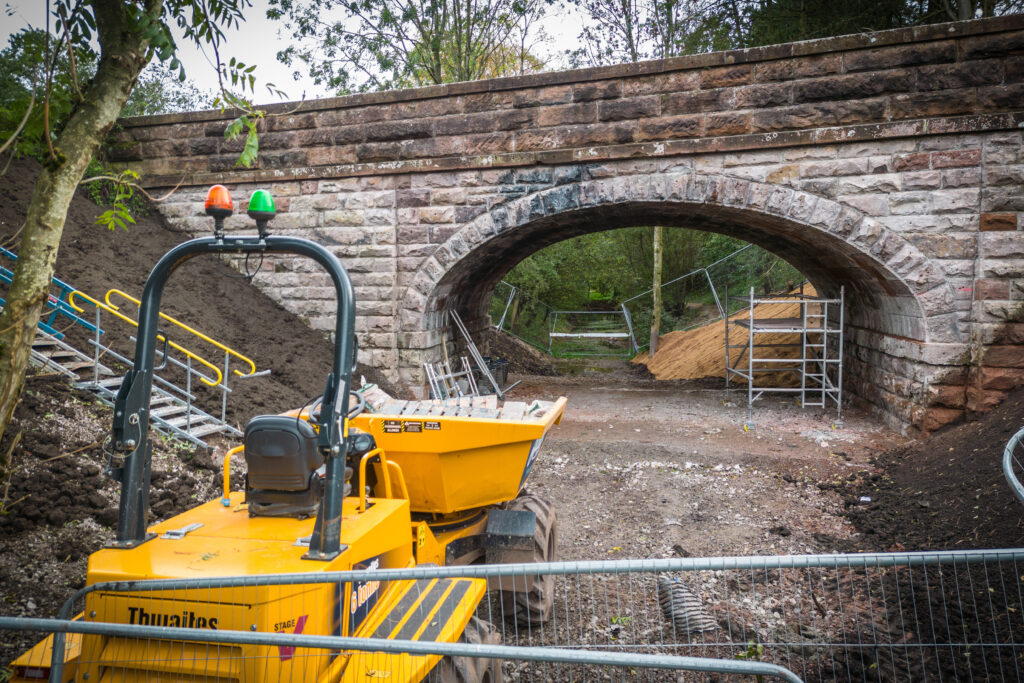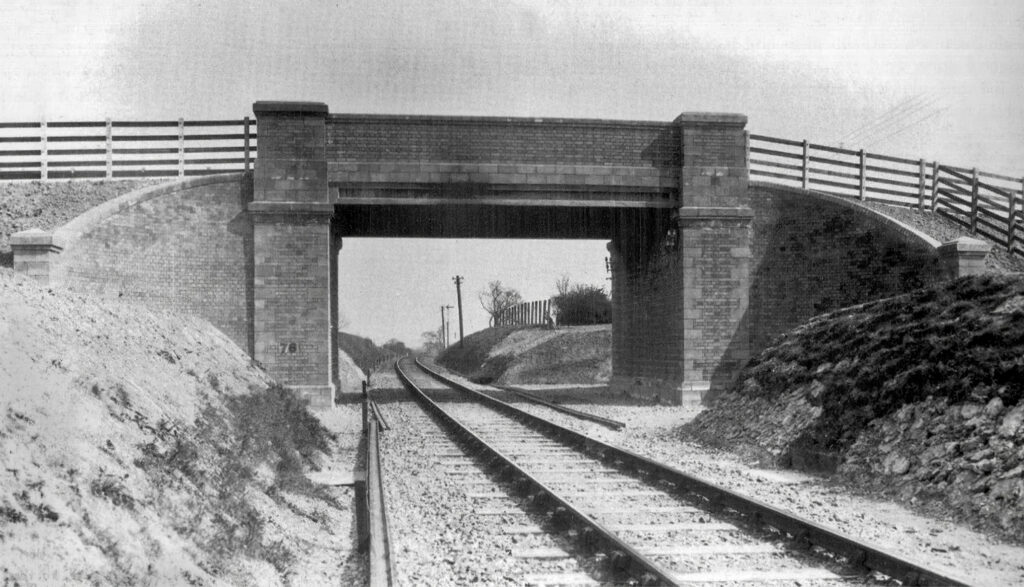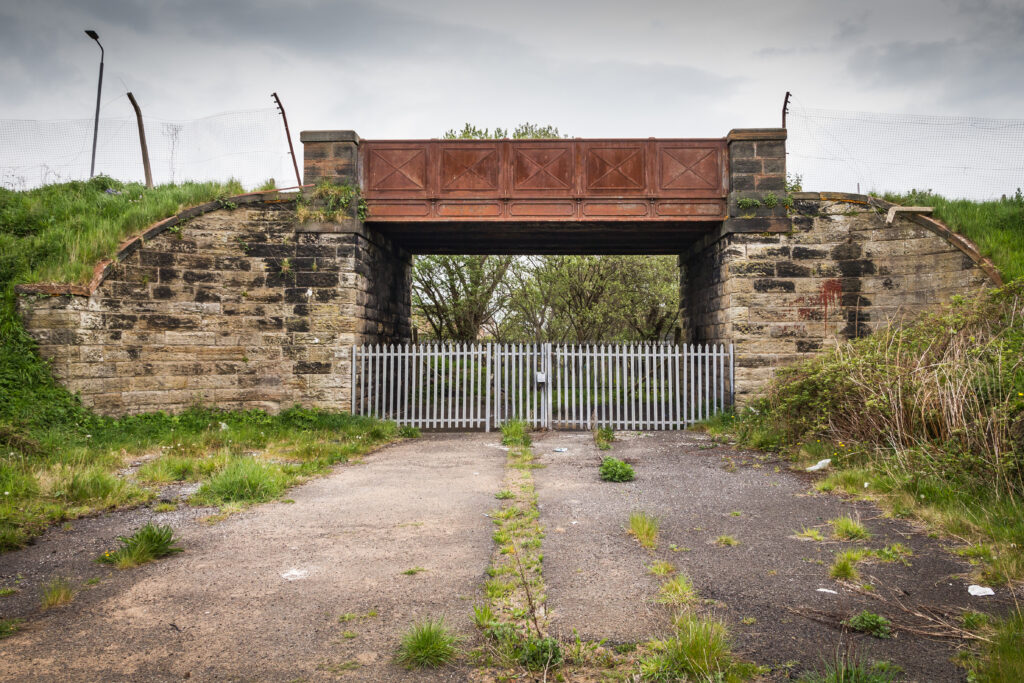Graeme Bickerdike offers his personal reflections on the efforts of campaigners to ensure the social value of legacy railway structures is recognised in asset management decision-making.
When I joined a group of like-minded folk to highlight and challenge the impending loss of 130-plus legacy railway structures to National Highways’ (NH) infilling and demolition programme, we could not have imagined that then Prime Minister Boris Johnson would intervene to save them. But that’s what he did – if you believe the Daily Mail – in late July 2021. Since then, infilling has been paused whilst priority schemes were put through a newly-developed process involving stakeholder review, Ministerial approval, and planning permission.
As we transition to greener forms of transport, the corridors vacated by the not-so-permanent way in the 1950s and 60s are becoming ever more valuable for active travel or restoration of their railways. Many have already been reclaimed by nature for wildlife transit and foraging. However, the selling-off and redevelopment of trackbeds post-closure has diminished their repurposing potential, and further blockages serve only to increase the cost and difficulty of piecing them back together. The imperative of maintaining alignment continuity is clear to anyone with an eye on a positive future.

The road to intervention
National Highways, the state-owned roads company, assumed responsibility for the Department for Transport’s Historical Railways Estate (HRE) in September 2013 following the loss of British Railways Board (Residuary) to the Conservatives’ ‘quango cull’. More than 3,000 structures feature in total, with 152 tunnels, 101 viaducts and aqueducts, and 1,906 bridges. Each one of these historical assets stands as a monument to the tenacity and ambition of those who created them – mostly in the 19th century – in conditions we can’t begin to imagine. Custodianship comes with the moral responsibility to respect those endeavours and the sacrifices that came with them.
By the time of the Government’s pause, at least 52 structures had been subject to infilling over eight years, including sections of West Yorkshire’s 1.4-mile-long Queensbury Tunnel which connects two of the county’s largest conurbations. It remains the centrepiece of plans for a Bradford-Halifax Greenway despite National Highways blocking it beneath two ventilation shafts as £7.2 Million was spent on localised strengthening works whilst the contractor fought to overcome flooding difficulties caused by NH’s failure to pay the £50 annual rent on a pumping station. To no avail, Bradford Council issued a Planning Contravention Notice to stop one phase of the work; meanwhile, over 8,000 people have objected to NH’s undetermined planning application for a larger-scale abandonment scheme.
In late 2020, plans were revealed to expand the infilling programme from an average of seven bridges per year to 23. National Highways (then named Highways England (HE)) claimed that: “Around 200 of the public road bridges managed by HE/HRE have failed their most recent structural assessment but haven’t had any restrictions implemented. Therefore, our planned infilling is the safest and most appropriate option and will maintain access across the structure.” But some of the bridges had passed or never been subject to a capacity assessment, and there had been no meaningful consideration of their heritage or landscape value; little dialogue had taken place with community stakeholder groups whilst a Sustrans study from January 2022 found that two-thirds of the 75 affected structures within its scope had the potential to be incorporated in future walking and cycling routes.
The final straw came when Great Musgrave bridge in Cumbria was infilled without any consultation with the two heritage railways who needed it for their longstanding reconnection plans and despite a request from the local planning authority for works not to start. An outpouring of frustration from engineers and members of the public accompanied the masonry arch’s loss. Meanwhile, politicians voiced their concerns about the impact on active travel opportunities and accused NH of “cultural vandalism” during a House of Lords debate.
A bridge too far

As a result of open joints, the bridge at Great Musgrave had been assessed as having a capacity of just 17 tonnes in 1998, but repointing works 14 years later restored full live loading capacity (40/44 tonnes). Although some mortar loss occurred from 2017, an inspection in 2020 found only modest defects and National Highways’ engineer recorded the bridge as presenting “no significant risk” to public safety.
Despite this, the bridge was infilled 16 months later, a different engineer having invoked Class Q permitted development rights – which only apply to temporary works in emergency situations – claiming: “the bridge was being overloaded and that works were required to prevent the failure of the bridge and avert a collapse.” A subsequent review of the available engineering evidence by Bill Harvey Associates (BHA), a firm of masonry arch bridge specialists, condemned this claim as “preposterous”.
As, by default, Class Q rights required removal of the infill within 12 months, Eden District Council (EDC) asked NH to submit a retrospective planning application for retention of the 1,600 tonnes of stone and concrete. This was unanimously rejected by the Council’s planning committee on 16 June 2022 due to conflicts with local and national heritage and landscape policies, after which Helene Rossiter, NH’s head of the HRE Programme, asserted that NH would: “no longer consider the infilling of any structures as part of our future plans, unless there is absolutely no alternative.”
An enforcement notice was issued, requiring removal of the infill by 11 October 2023. A 13-week closure of the road – which caused great inconvenience to the local community – was lifted on 13 October.
A question of strength
If support from the stone and concrete beneath its arch was withdrawn, NH made clear that Great Musgrave bridge would require strengthening. It continued to do so until Week 10 of the infill removal project when a post on its website revealed that: “despite the bridge’s capacity being previously limited, our refurbishment work and resurfacing of the deck will remove the need for a weight restriction, restoring the bridge to full capacity.”
No strengthening had been installed, just localised repointing and modest repairs to stonework damaged when the concrete was broken out. A new assessment had found the bridge to have a capacity 3.4 times greater than that needed for 40/44 tonne HGVs and, as BHA indicated in its report, it almost certainly had similar reserves of strength prior to infilling. This further undermined the credibility of an organisation that had previously claimed it was needed “to avert a collapse”. At the time of writing, the cost of the removal scheme has still not been revealed; the original infilling set back the taxpayer £124,000.
Photos published by NH in Weeks 2 & 4 of the project suggested that settlement of the infill had caused a gap of perhaps 10mm to open between the concrete and the arch. As BHA said, “Lack of contact is an extreme case of lack of stiffness. If there is no contact, there is nothing to stop the movement of the existing structure.”

National Highways denied the campaigners’ assertion that the gap prevented load being transferred into the infill – thus making it ineffective – and instead pointed out that uncertainty over retention of the material meant that the contractor had not undertaken investigative coring and ‘top-up’ grouting after 12 months, as it normally would. However, the company has not said what the minimum gap size is for such grouting or what would happen if settlement occurred afterwards.
Heritage loss
St Andrew’s Lane bridge at Congham, Norfolk, spanned the former King’s Lynn to Fakenham railway and was rebuilt in 1926 using a system of modular concrete products and blockwork first introduced by the eminent engineer William Marriott. It was the only surviving complete example of its kind, substantially comprising concrete brick and more elaborate in plan than two others in the county.
In 2019, the structure was assessed as having a capacity of 7.5 tonnes due to its edge girders carrying the parapets; the carriageway-supporting girders could bear 40 tonnes. An inspection recorded 14 structural elements to be in ‘Fair’ condition, with only the east abutment – which was cracked at its ends – described as ‘Poor’. Spalling to the bridge’s seven concrete-encased girders affected approximately 3.6% of their visible surface area, although cracking was more extensive. Two patch mortar repairs had been completed.
The lane is narrow, with encroaching trees and foliage. The bridge ‘hump’ and a bend at its west end restrict visibility and hence speeds. A vehicle typically crosses every 10 minutes. There is no apparent collision damage to the parapets or flattened vegetation on the verges.
Against this picture of modest risk, NH told the Borough Council of King’s Lynn & West Norfolk that it intended to infill the bridge under Class Q permitted development rights in October 2019. Planners expressed no objection, given the implied emergency and temporary nature of the works. A contractor was mobilised 17 months later, and the bridge was buried in spring 2021.
National Highways’ failure to remove the infill within 12 months – as required under Class Q – prompted the Council to ask for a retrospective planning application if retention of the material was intended. A committee of 14 councillors unanimously rejected it due to conflicts with heritage and landscape policies on 2 October 2023. One of them, Vivienne Spikings, protested that there was no need to “obliterate our past with this cheap infill”, bemoaning the loss of “a shining example of architecture”.
The bridge, asserted NH, was in “very poor condition” – contradicting its own evidence – and repairs to it would have been difficult. Infilling was the most cost-effective option, it said, although no costs for any other options were ever provided for comparison. Helene Rossiter insisted: “This work was essential to ensure the bridge can carry traffic safely. We do not feel the Council’s decision adequately reflects the safety concerns raised, which is why we are lodging an appeal with the Planning Inspectorate.”

An enforcement notice for removal of the infill was issued by the Council, with a compliance deadline of 10 April 2024. However, at the time of writing, it is understood that an appeal has been submitted and the notice has not therefore taken effect.
A better way
So where do we go from here? In October 2023, permission to move ahead with the infilling of six structures and demolition of a seventh was granted by Ministers, with a range of options having previously been considered by NH’ Stakeholder Advisory Forum which has been set up to review the wider social value of any such affected structures. Work is expected to begin in Summer 2024, subject to the relevant planning consents being obtained.
Infilling of the handsome bridge accommodating Limekiln Road in Ayr is already on pause as the local council has identified its potential value for a future active travel route. This highlights a point made by Sustrans in its study, that: “An argument could be made for all the structures that, one day, they may be useful”. While events at Great Musgrave demonstrate that infilling is reversible, the costs of removal are unsustainable for heritage railways and charities building cycling infrastructure on a shoestring. So, isn’t it time to view viable legacy structures as assets by default?
To counter negative perceptions, NH has launched a PR campaign, promoting its positive interventions at many HRE structures. In December, it won the National Railway Heritage Structures Award for its £2 million refurbishment of Westfield Viaduct near Bathgate, delivered by Balfour Beatty. And there’s some proactive engagement with those seeking to repurpose structures for social benefit, notably greenway developers in the south-west. There remains uncertainty, however, as to whether the Department for Transport will allow this to happen under licence, rather than insisting on ownership transfers to other cash-strapped bodies.
What remains unclear are NH’s long-term intentions regarding the 130-plus structures that were facing “the most appropriate option” of infilling or demolition when the Government stepped in to halt the programme, and to what extent the company’s outward enthusiasm for the Historical Railways Estate is percolating inwards to those making asset management decisions.
Safeguards should prevent any repetitions of Great Musgrave and Congham – high-value losses where the risks were respectively invented and over-egged. But what about the culture that drove those schemes? Has the inclination to infill been tamed?

Editor’s comment
To seek NH’s response to this article I spoke to its head of Historical Railways Estate, Helene Rossiter. She advised that, although she did not agree with some of it, NH completely supports its main message that alternative uses should be considered for these old structures.
She emphasised that alongside NH’s primary priority of safety, the social value potential of structures, including possible reuse for active travel, is now fully considered when making decisions. National Highways also works closely with its Stakeholder Advisory Forum which Graeme Bickerdike attends as the representative of The HRE Group, to help inform the company’s plans.
Over the last 10 years NH has invested over £50 million to ensure tunnels, bridges, and viaducts can be used safely and enjoyed by future generations.
The Department for Transport’s protocol for the management of these structures is also being updated to reflect government policies on active travel. Helene says she looks forward to sharing this more widely in due course.

